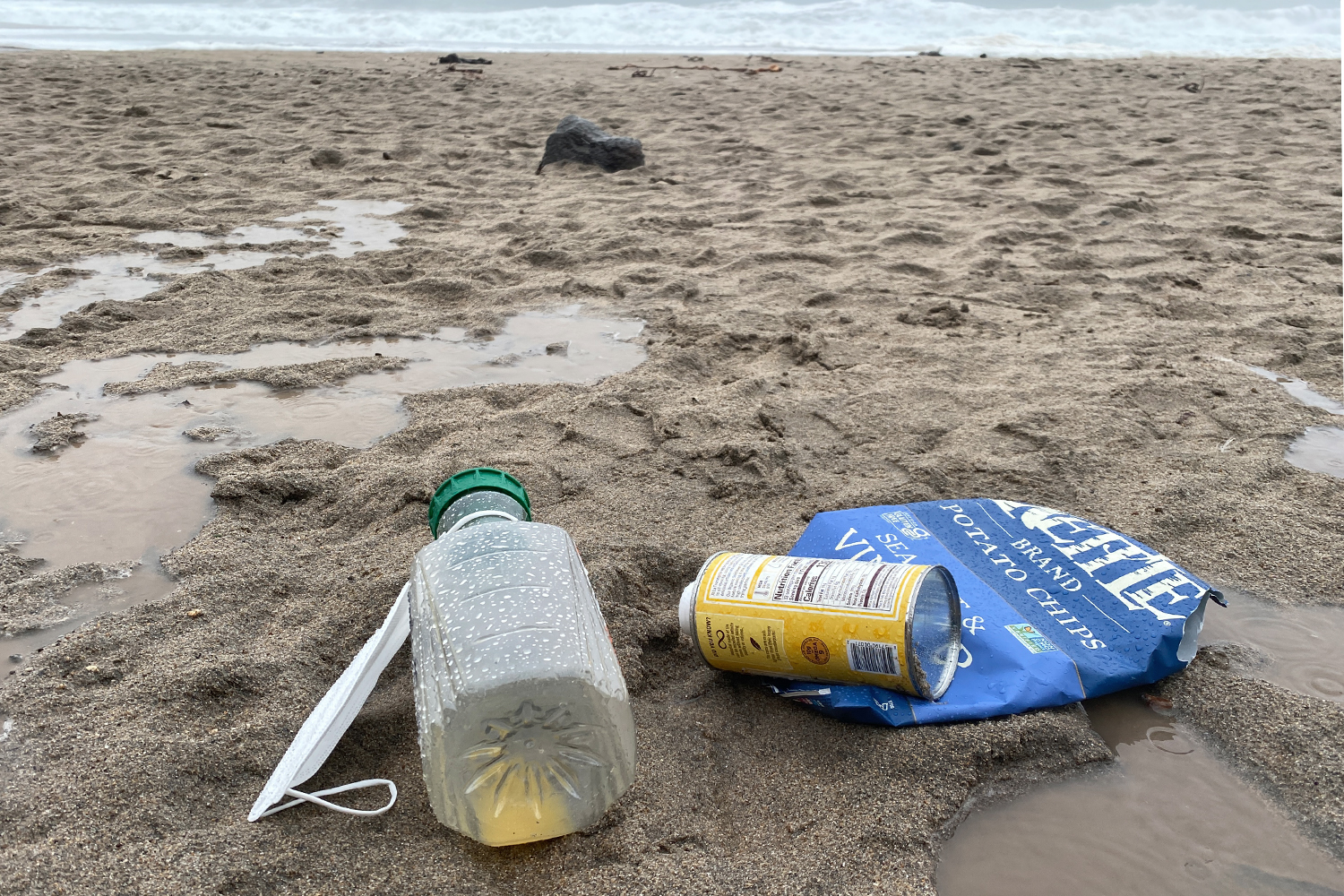Waves crash into the shore of the islands. Hotels, condos, restaurants, and shops all lay along the coast of Hawaii. For Vene Chun, a native Hawaiian, this hasn’t always been the view. He has watched the islands change to adapt to the rapidly growing tourism.
As of July 2022, Hawaii received over 5 million tourists. In half a year, Hawaii received more tourists than the population of New Zealand and Ireland.
In 2021, Hawaiian visitor spending reached $13 billion, making it the largest industry. Tourism can be both negative and positive.
It’s positive since it creates jobs, something Hawaii needed as it has some of the highest unemployment rates in the country.
Although the economy is affected positively by excesses of tourism, the locals are negatively impacted by the extreme amount of visitors. Hawaii has the highest cost of living out of all US states.
Large increases in prices have long affected locals, especially business owners.
“The power bills have gone from $2000 a month to $3000 a month,” said Jesse Imbach, a restaurant owner in Maui.
Business owners aren’t the only ones affected by the expensive costs of the islands. Many have found homeownership challenging.
According to the Hawaiian government, 56.9 % of people in Hawaii own their homes, one of the lowest rates in the country
According to Bestplaces, the United States median house cost is $291,700, whereas, in Hawaii, the median house cost is $732,000.
While prices have always been high since imports have become standard on the islands, many locals have seen prices skyrocket in the past few years.
Thirty bucks for noodles and some spring rolls. That’s for me, one person. Growing up this would’ve been six bucks, in the span of my lifetime it quadrupled in price
— Vene Chun
“Thirty bucks for noodles and some spring rolls. That’s for me, one person. Growing up this would’ve been six bucks,” Chun said. “In the span of my lifetime, it quadrupled in price,”
The tourism industry contains a lot of discrimination, especially towards the natives.
According to the Hawaiian government reports, on average, natives made almost $5,000 less than the average of all other workers. Natives were paid 7% less than their non-native co-workers within the tourism industry.
According to the Hawaiian government, only 48,000 worked in the tourism industry between 2015-2019. That only accounts for 19.8% of the workers in the industry. Non-Hawaiians dominate the industry.
High prices and low income combined often force the locals to move out because they have no other choice.
“I have eight siblings, and only four stayed on the islands,” Chun said.
The frequent amount of tourists has also wrecked the natural environment. Visitors contribute to the growing climate change crisis by doing their customary tasks. For example, driving around the island creates damaging toxins in the air.
During the COVID-19 pandemic, the islands shut down, preventing tourists from entering, the sudden change caused the environment to change.
“The native trees were blossoming and everything looked a lot more lush. There’s no more people in the oceans with their, you know, with all the goofy things, whether the boats are what you call the sunscreen and all of that sort of reefs look healthier,” Chun said.
Visitors wear harmful products such as sunscreens that contain oxybenzone and octinoxate, two key ingredients known for their negative impact on coral reefs.
“During quarantine, it was wonderful because the animals came back, you’d see spinner dolphins in the water, people didn’t wear poisonous sunscreens and the corals started to come back,” Imbach said.
Everything we do here is pretty much, you know, generated towards the success of tourism but it’s at the expense of our cultural and historical land, — Vene Chun
Chun works in the tourism industry. Even with his beliefs, he wants to make a change in the way tourists view the islands.
“I can bring this part of the culture to, to the forefront of people who want to, you know, really learn about my culture or want to connect with the culture,” Chun said.
Hawaii thrives off of tourism, so it’s unlikely that they will ever stop letting tourists in. But with increasing backlash from locals and natives, the government is receiving increasing pressure to create new policies around tourism.
New policies to prevent tourists from harming the natural environment have already been put into place. For example, the Oahu Diamond Head monument now requires a reservation 14 days in advance. This policy was put into place earlier this year.
“In general, people are coming here because they want to have the beautiful valley experience and get a selfie to put on Instagram. And that is somewhat orthogonal to the goals of preserving the beauty of the area,” Imbach said.
Hawaiians feel like their land is exploited for tourism. The island’s nature has been torn down and destroyed to make space for new infrastructure to cater to tourists.
Although Chun works in the industry, he has seen the ins and outs of it. He has seen the exploitation of the land and the people.
“Everything we do here is pretty much, you know, generated towards the success of tourism but it’s at the expense of our cultural and historical land,” Chun said.




